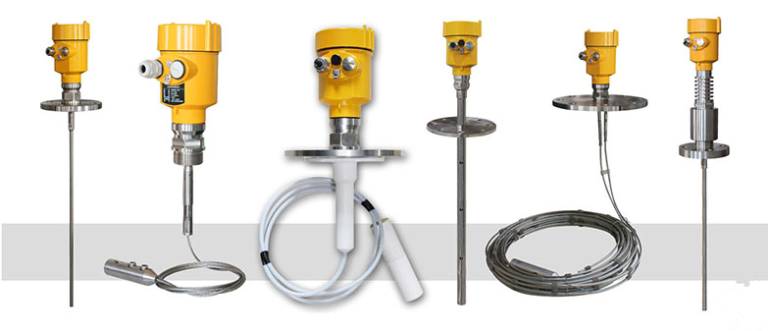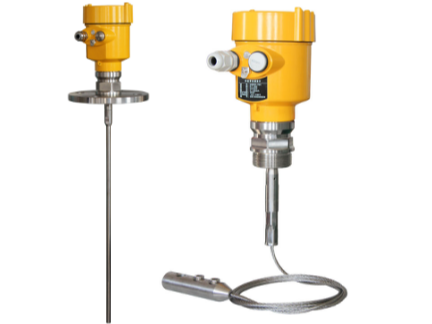Guided wave radar level meter selection, need to consider many factors, such as working conditions, media characteristics, etc. In fact, the guided wave radar level meter installation, also need to consider a lot, especially a few considerations are necessary to know.
Do not install the steel cable too loosely when installing the guided wave radar level meter. Due to the special characteristics of the steel cable, the manufacturer will be shipped with the instrument head and the steel cable divided into development, buyers receive the goods, installation, must be tightened steel cable, otherwise the steel cable wobble, easy to causes fluctuations, affecting the measurement.
After the guided wave radar level meter is assembled, we must consider the installation location. Here, I would like to remind you that the guided wave radar level meter must not be installed too close to the discharge and inlet ports. If it is too close to the discharge and feed ports, it is easy to cause fluctuations in the indications, errors in the measurement results, and even failure to display properly.

The installation position, the inlet, and the outlet are one point to consider, the tank wall is another point to consider. In general, the guided wave radar level meter should never be installed too close to the inner wall. The minimum distance between the detection component and the tank wall should also be kept at 300mm, otherwise, it will easily cause the steel cable to collide with the inner wall and cause fluctuations.
Finally, pay attention to the installation of the steel cable inside the tank. The steel cable should be kept as vertical as possible in relation to the liquid level of the medium and should not be tilted towards one side. If necessary, the cable can be weighted to prevent it from swaying from side to side and affecting the measurement. If the cable is too long to be kept vertical, cut off the excess cable and do not tie it in a knot or wrap it around another fitting. This will not only affect the measurement but may even prevent the return signal from being received.

There are many considerations when installing a guided wave radar level meter, of which the above is only a part. For the installation in the waveguide tube or bypass tube, the guided wave radar level meter also has a lot of places to pay attention to, such as the guided wave radar level meter installed in the waveguide tube, which needs to use an insulation bracket fixed radar probe. If you want to know, you can continue to pay attention to my continuous updates in the future.
